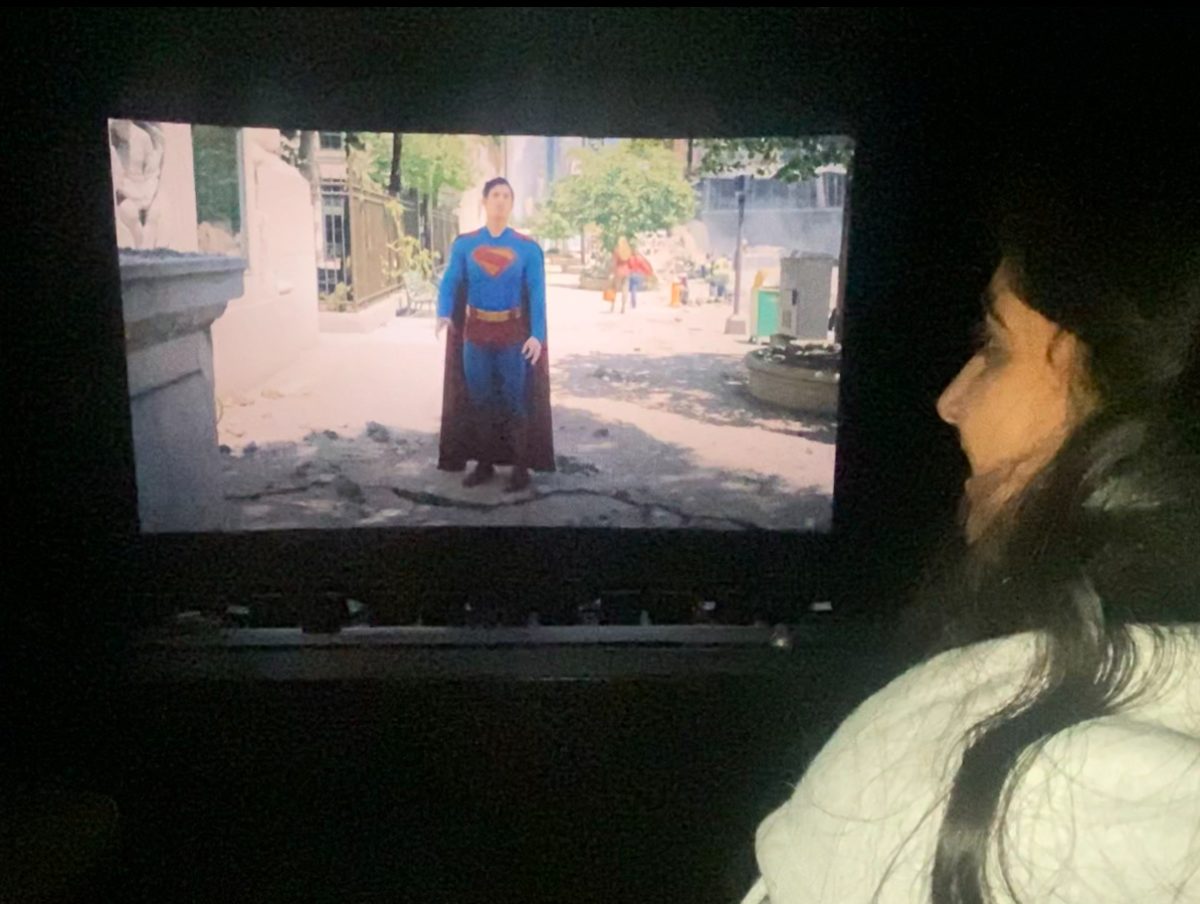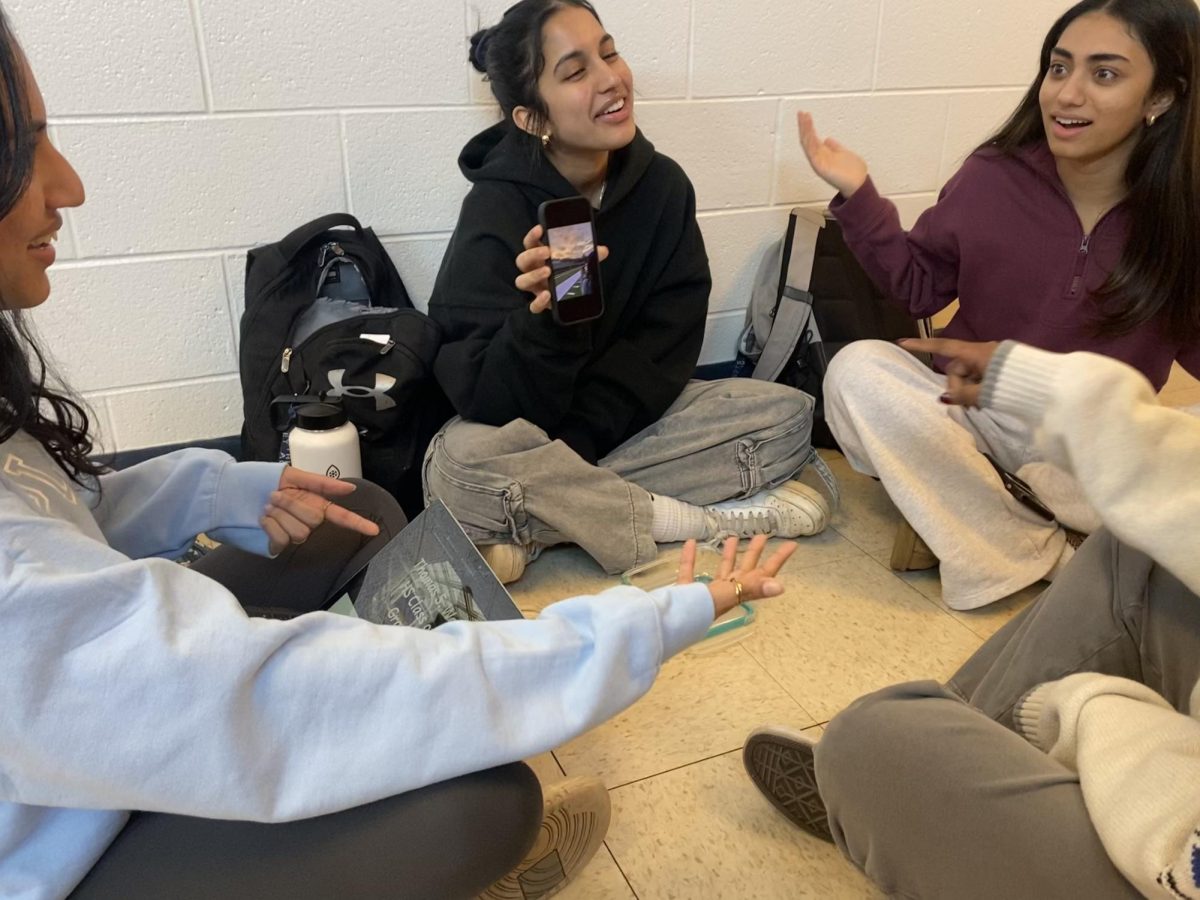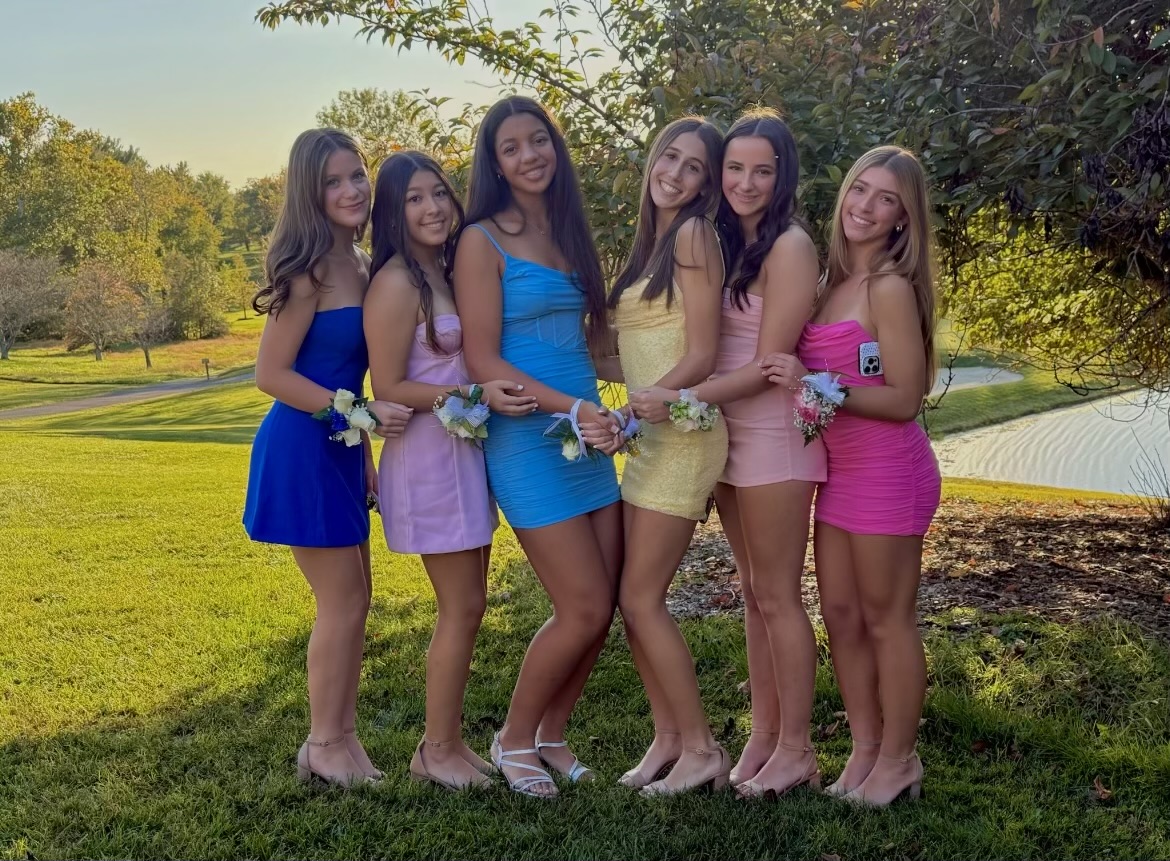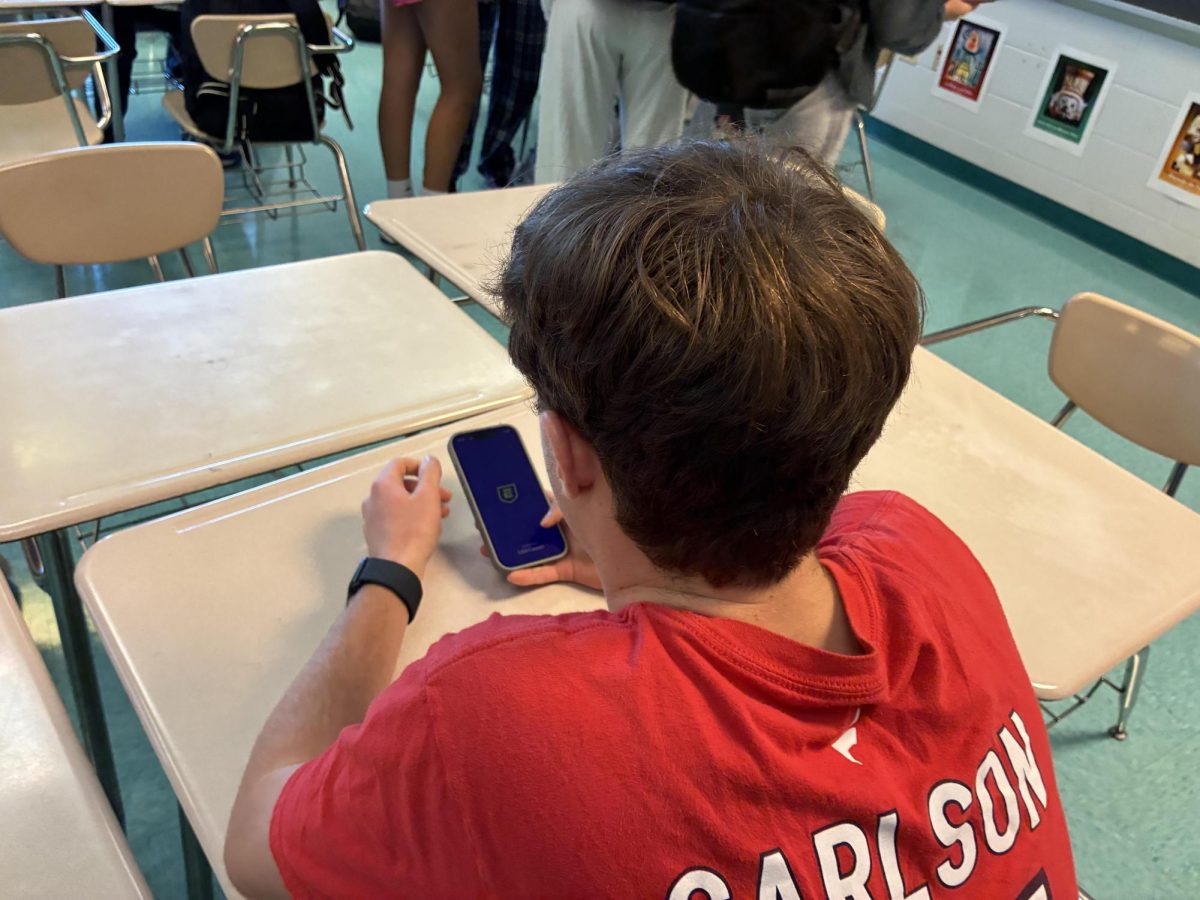While, based on the title, I was initially prepared for a ragtag group of adults figuring out how to play drums, instead I was graced with a rather engrossing thriller that is difficult to put down.
In The Rhythm Section by Mark Burnell, as Stephanie Patrick learns to become an agent for a shadowy organization we never learn too much about, the true origin of the title is revealed. A military man advises her: “You can’t panic when your breathing’s under control and you’ve got your pulse in check. It’s not physically possible. That’s what you gotta remember. Keep the rhythm section tight and the rest of the song plays itself.”
Burnell is a tease, offering happy endings that can never play out, ending in loss of love, a missed chance of revenge, a failure to be human, and a failure to be inhuman, to start.
We see Stephanie take on several different roles, calling herself by two, three, then countless names. As Stephanie navigates the different identities she has assumed and, to some extent, mentally adopted, we see her struggle to differentiate them, practically forgetting some details, but also mentally, losing track of her values. Even from the beginning, when she is still just Stephanie, she says, “I am two different people; the protected, vulnerable soul within the walls and the indestructible, empty soul on the outside.” With first-person stream of consciousnesses interspersed into the third-person narration, Stephanie is a character we feel for, and can relate to at times.
Though the meat of the book is kept tight, with action around every chapter title page, the detailed descriptions of the various personalities Stephanie assumes and tracks down may be tough to transfer to the silver screen. The movie, starring Blake Lively as Stephanie, premieres on Jan. 31.
Checking in on last month’s book, The Good Liar film adaptation was released to a lukewarm response. Walking into the theater at a time far too late to be completely alert, I was first amused by the fun music by Carter Burwell and little human mannerisms that Helen Mirren and Ian McKellen, who played Betty and Roy, have clearly mastered as seasoned actors. However, as the piece went on, I suspected that perhaps the couple of plot twists upcoming were being hinted at a bit too heavily. Having read the book, I gave it the benefit of the doubt, assuring myself that I was primed to see the signs — until my dad predicted the “surprise ending” about a half hour in.
The action of the movie also deviated from the book slightly, which is to be expected, of course, but it detracted from the moral statements of the original piece. Roy is more violent in keeping his tracks covered, while he originally minimized others’ physical pain. And Betty, acting on premises of forgiveness in Searle’s version, exhibits vengeful pride on more than one occasion.
There was one pleasantry, that Betty’s grandson turns out to have a male romantic partner, which was included in a small concluding scene, but was a benevolent step in terms of the efforts.







![Junior Grace Song rewatches the trailer for Anora. Promoted as "A Love Story from Sean Baker," it is the eighth feature film under Baker's belt starring Mikey Madison in the titular role. "[Anora] accurately represents women overseen and easily taken advantage of. It emotionally enticed me. The ending is so good," Song said.](https://woottoncommonsense.com/wp-content/uploads/2024/11/Rc5RQTdjtUFtyT7IyQe1rSxkpOTc6NoksY8jtoop-e1732201365565-1200x900.jpg)




![Editors-in-Chief Ahmed Ibrahim, Helen Manolis, Cameron Cowen, Alex Grainger, Emory Scofield, Hayley Gottesman, Rebekah Buchman and Marley Hoffman create the first print magazine of the year during the October press days. “Only a quarter of the schools in MCPS have programs that are like ours, a thriving, robust program. That makes me really sad. This is not just good for [the student journalists] to be doing this, it’s good for the entire community. What [student journalists] provide to the community is a faith in journalism and that continues for their lifetimes," Starr said.](https://woottoncommonsense.com/wp-content/uploads/2025/10/wmpoFTZkCPiVA3YXA4tnGoSsZ4KmnKYBIfr18p3l-900x1200.jpg)
